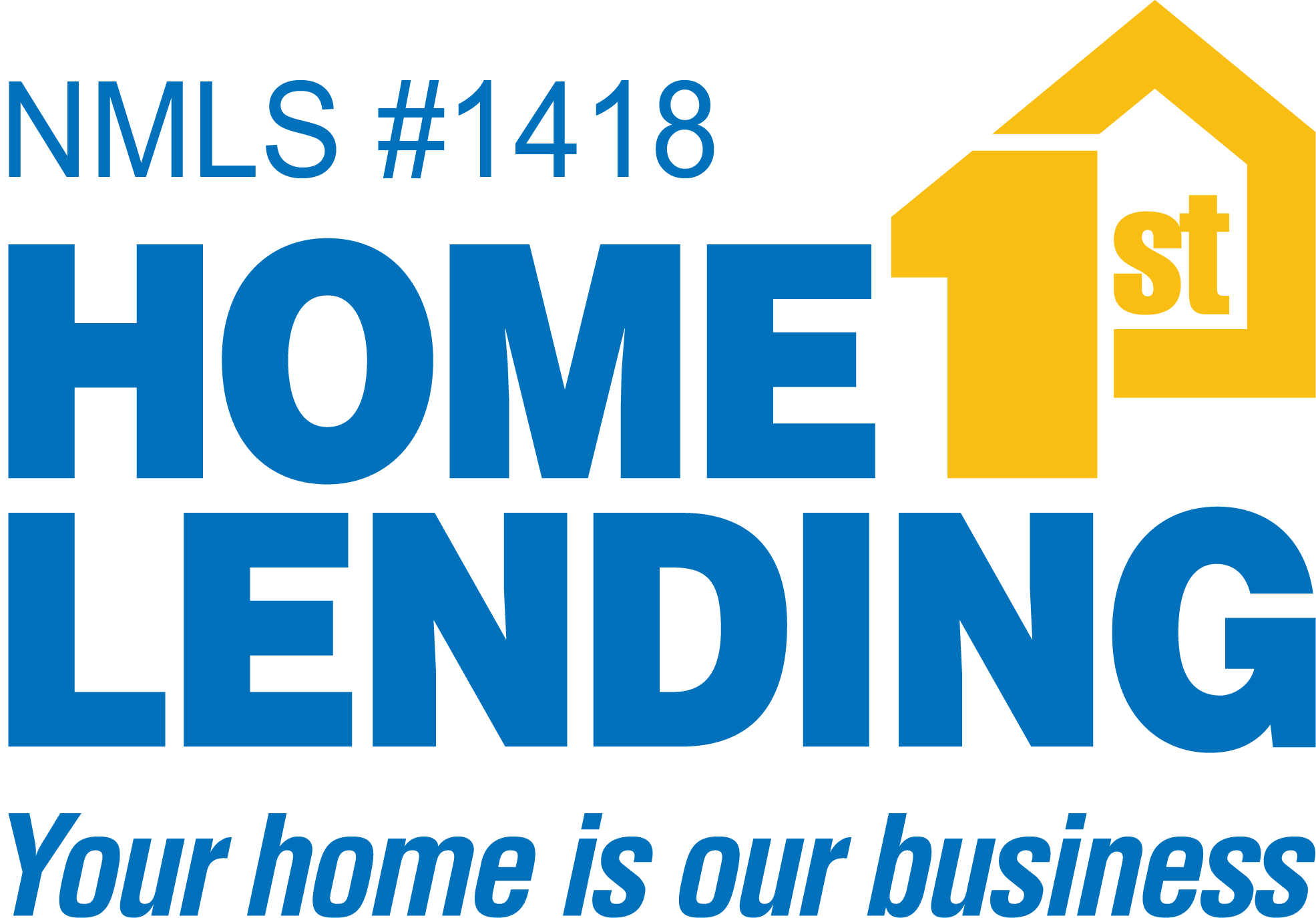Fluctuations in mortgage rates can significantly impact the housing market. Recently, there has been a…

4 Common Myths About Refinancing
When it comes to refinancing, we’ve just about heard it all–the questions, the misconceptions, the actual facts…you name it. It’s likely you’ve heard a good mix of information too, whether it’s from our emails, your friends or an internet search. To set the record straight, we’ve put together a list of the 4 of the most common myths we’ve heard recently.
1. You shouldn’t refinance unless you can lower your interest rate by at least 1%.
Hold up…now, correct us if we’re wrong, but isn’t any amount of savings still savings? Think about when you go to the grocery store and find coupons that can save you money–are you just going to trash that $1 coupon and say it doesn’t matter because it’s not a $5 coupon…NO! You’re going to take advantage of the savings! The same concept can be applied to your mortgage–for example, saving even $100 a month could add up to a lot of $$$ saved in the long run.
On top of that, there are more reasons to refi than just lowering your interest rate. With a refinance, you could remove PMI (which could lower your monthly payment and save you $), lower your term, consolidate debt…the list goes on.
2. Closing will cost an arm and a leg.
While it’s true that refinancing isn’t free, you have options when it comes to covering closing fees. When refinancing, it’s important to know the value of your home, how much you still owe and how much you pay in taxes/insurance annually. Based on the amount of equity you have built up, you may be able to dig into those funds to cover closing costs (which means less money or possibly even no money out-of-pocket). In most cases, borrowers tend to choose this route when possible.
If you don’t have enough equity built up and do not want to pay the full amount upfront, there may be alternatives to help you cover the costs. The first option is lender credits: with lender credits, you take a slightly higher interest rate in exchange for a credit to be applied that can help offset closing fees. The second option is known as a “roll-in”: simply put, you can add your closing costs into your new mortgage balance (this may alter your monthly payment).
3. You can only refinance your mortgage once.
There’s no limit to the amount of times you can refinance your home…and it doesn’t need to be for the same reason every time. However, you do want to carefully consider the pros and cons when refinancing multiple times within a short-length of time–this differs for everyone.
Some lenders do have a prepayment penalty and will add on additional fees when refinancing back to back in a close time period. Other times, it may not make sense when considering the closing fees. When deciding the right time to jump on a refinance, it’s important to talk it through with an expert. Lucky for you, we have a team of licensed experts ready to help at your disposal 😉…which brings us to myth #4…
4. You’re expected to be the expert.
Borrowers often have the misconception that just because they’ve been through the buying process (or even have been through a previous refinance with us), they’re expected to be fully familiar with the refinance process. Now, let us let you in on a little not-so-secret secret…mortgage is our specialty and we have an entire team of licensed originators. So, you’re never expected to know the answers–that’s what we’re here for. Even if it’s something small and you think it may be silly to ask…ASK.
At Home1st, you’re more than just a number to us. Our team is here for you through every step of your home journey (and after). We absolutely love being able to help answer your questions, and even just catch up with you about how things are going in your life.
Ready to see how a refinance can benefit your situation? Getting info is just 60 seconds away on the form on the right.





